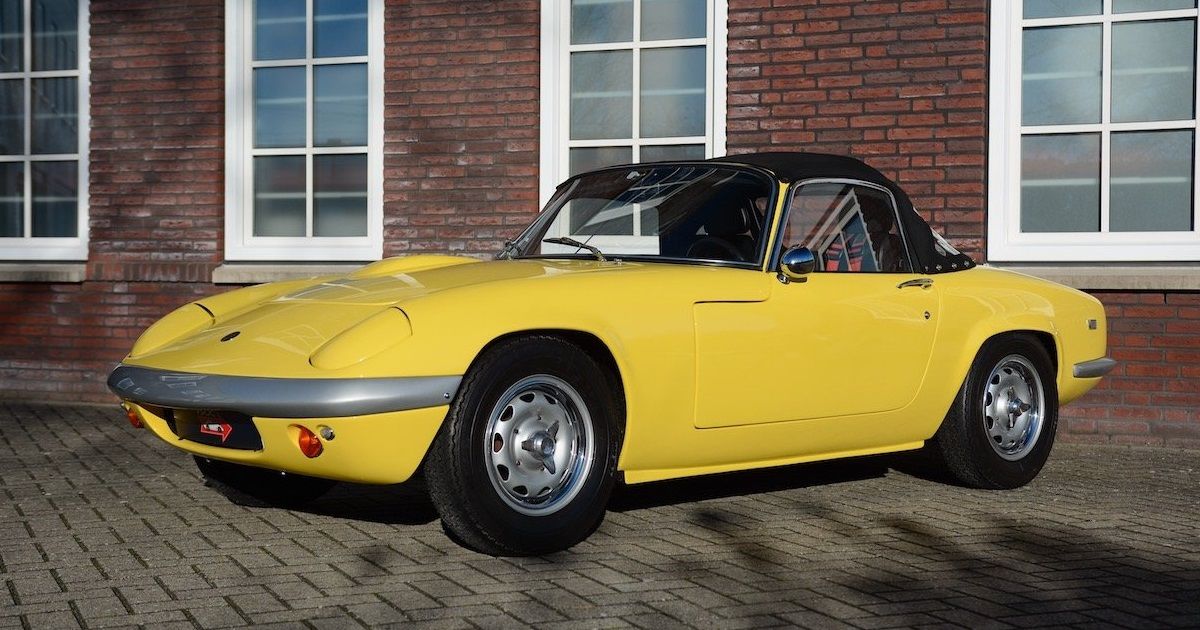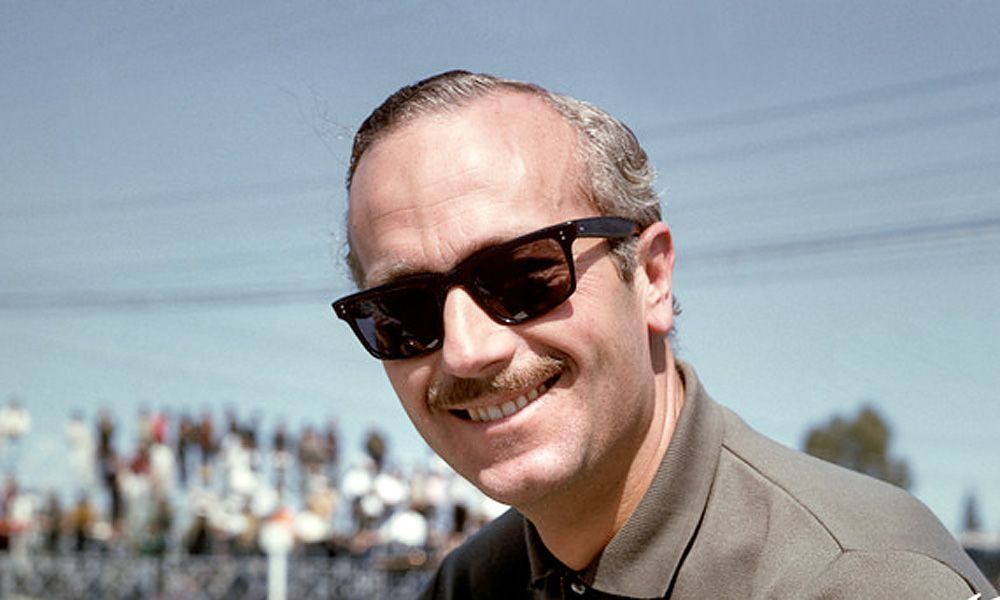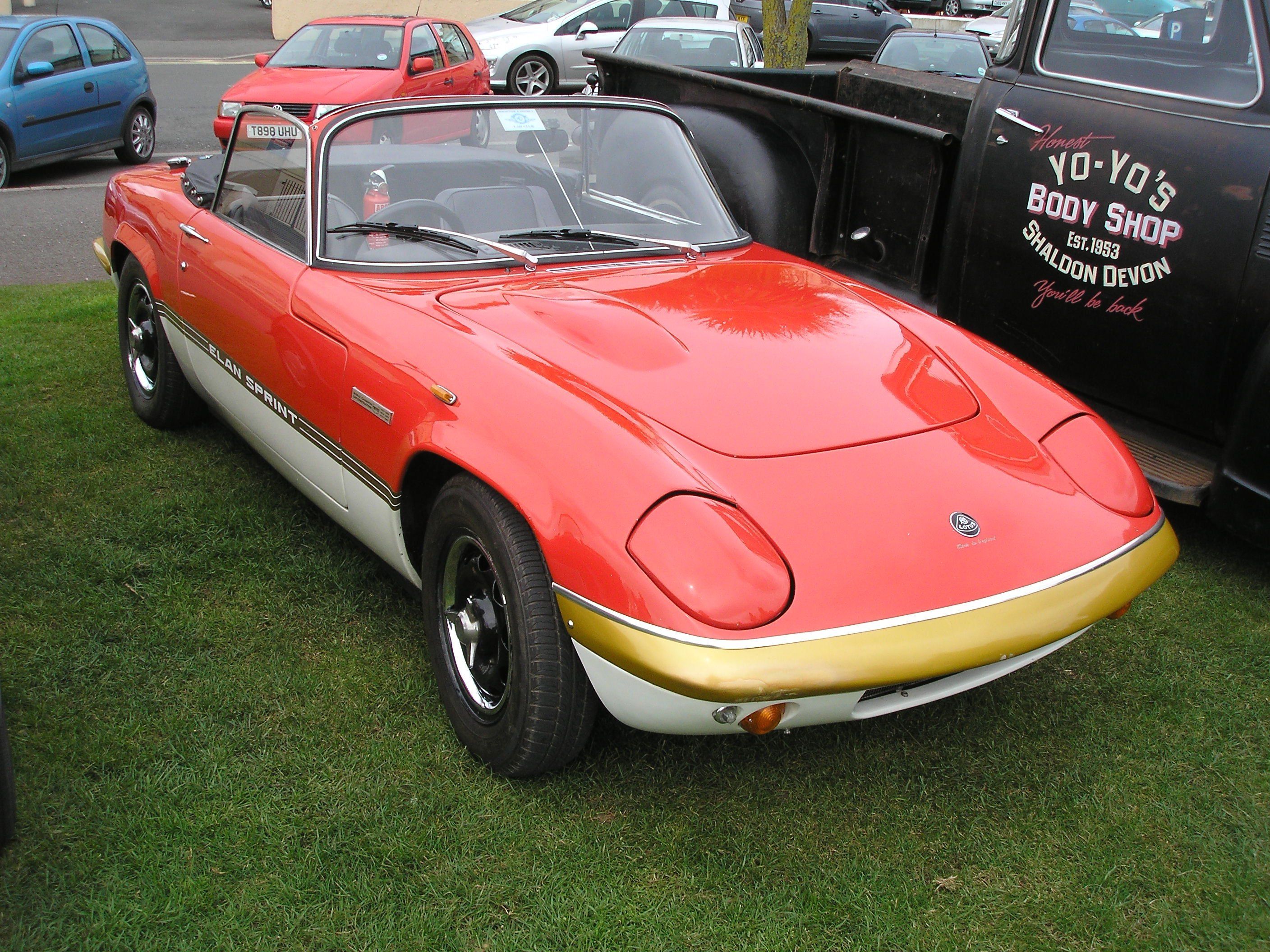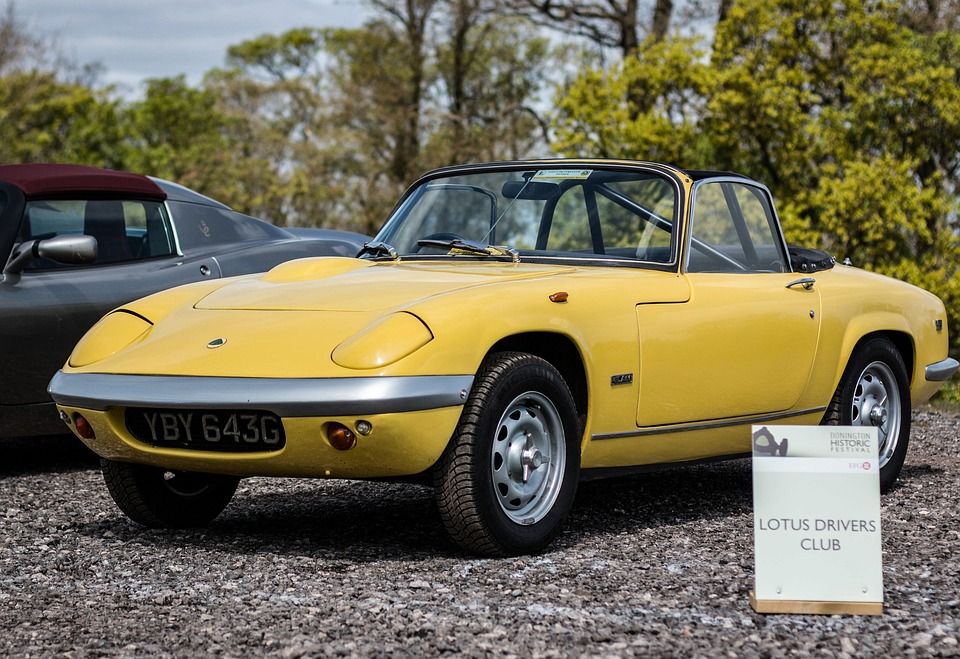The Mazda MX-5 may be the biggest selling sports car of all time, but its designers drew inspiration from a far less known motoring icon from the 1960s. In this article, we explore the Lotus Elan and how it inspired the MX-5.
Let's take a closer look at the Lotus Elan.
The MX-5’s spiritual predecessor
When the one-millionth MX-5 rolled off Mazda’s production line in Hiroshima back in April 2016, it marked a milestone not only for the Japanese manufacturer but for sports cars in general.
It was living proof that an open-top, two-seater roadster could succeed commercially as long as it was reliable, well put together, and cheap to run. It may sound like a simple recipe, but only Mazda managed to get the formula just right.
Yet, when Mazda designer Tom Matano and car journalist Bob Hall first conceived the idea for the MX-5 in the late 1980s, they unashamedly drew their inspiration from a little roadster that was designed more than half a century ago; a car that redefined open-top motoring and confirmed the view that less is more: the Lotus Elan.
Motoring writer Russell Hayes once described the MX-5 Miata as a “shameless copy” of the Elan, and it’s no coincidence. Visually, the first generation of the Japanese roadster is remarkably similar to the Series 1 Elan, with the same pop-up headlights, elliptical nose, simple flowing lines, and cut-off rear.
And even though the Miata’s decidedly heavier and bigger – a common trait in modern cars – they’re both front-mid-engine, rear-wheel-drive open tops that handle and steer brilliantly.
Simplify, then add lightness
The engineering genius behind Lotus, Colin Chapman, was a maverick who believed innovation was the key to success in motor racing.
While other manufacturers doggedly insisted on adding brute horse-power to make cars go faster, the Englishman took a different route. Instead of increasing engine size, he reduced the car’s weight, convinced that true performance was really about the car’s power to weight ratio.
There’s no better way to test this theory than by analyzing the performance of a sports car around the race track, and in that regard, Chapman had the opposition beat as Lotus became the most successful Formula Team during the 1960s and 1970s.
While the demands of building a racing car are very different, Chapman insisted that his philosophy of “adding lightness” and keeping the overall package small was also relevant for road cars.
Show me the money
However, he understood that road cars also needed to be commercially successful. The company’s earlier attempts at making road cars - the Seven and the Elite – fell way short. While the Seven was too much of a bare-bones, stripped-out racer, the Elite, although achingly pretty to look at, was fragile and hugely expensive to manufacture.
By contrast, the Elan was stronger, simpler, and cheaper to build. Sound familiar?
When Chapman and Ron Hickman – the man who also happened to invent the Black + Decker Workmate – started the Elan project, they focused first on designing a lightweight backbone chassis.
Weighing in at a mere 75lbs, the frame was not only light but doubled up as a prop-shaft tunnel. It also cradled the engine and transmission while adding torsional stiffness, a bugbear of open-top sports cars.
Nothing like the Elan on the road
The first generation of the Elan, the S1, also boasted four-wheel disc brakes, four-wheel independent suspension, and foam-filled bumpers. Lotus opted for a purpose-built DOHC 1558cc 105bhp engine, enough to propel the little roadster from 0-60 in under nine seconds. The entire package weighed no more than 1500 lbs and was no wider than 56 inches.
The car was an instant hit when it was unveiled at the 1962 Earl’s Court Auto Show in London. Critics drooled over the car’s handling and hyper-responsive steering. Its understated looks also belied its abilities, as sports cars of the period like the Triumph TR4 and MGB felt positively agricultural in comparison.
Choppy seas ahead
But it was not all plain sailing. Early Elans were criticized for being too basic, and poor build quality and reliability – two things you could never say about the MX-5 – went on to plague the marque for years. It got so bad that Lotus became an acronym for ‘Lots Of Trouble Usually Serious’.
And while F1 legend Jim Clark happily endorsed the car and used it as his everyday mode of transport, his racing buddy and fellow Scotsman Jackie Stewart was not as enthusiastic about the car’s track racing abilities, saying it was “the most difficult sod of a car I have ever driven”.
To address the car’s few faults, such as bump steering, Lotus built a special track version of the car - the Elan 26R - in 1964. Lotus also revamped the road-going Elan with the S3 in 1965 in an effort to attract more demanding buyers, while the bigger Elan +2 was a radical departure from the car’s original ethos.
A fixed-head coupe version with electric door mirrors, deep pile carpets, better seats, and an extended trunk lid also went some way towards addressing Lotus’ more upmarket ambitions.
As in later versions of the MX-5, the Elan began to put on weight, although this did not affect performance. The ultimate Elan, the S4 Sprint, equipped with the more powerful 126 bhp ‘Big Valve’ engine, was able to reach 0-60mph in just under seven seconds – a hair-raising experience for such a pocket-sized car on skinny tires.
Two brilliant cars – two very different fates
The Elan raised the bar in sports car design, but poor reliability and build quality coupled with the fact that Lotus was a niche manufacturer with limited financial resources ultimately prevented the Elan from reaching greater heights.
Despite its prodigious abilities – and Chapman’s best efforts - production of the Elan ended in 1973 after fewer than 12,300 had been built. By contrast, the MX-5 is still going strong, more than 30 years after it first hit the showrooms.
It’s also deeply ironic that the MX-5 was launched the same year Lotus attempted to revive the Elan name with the M100, a car that ultimately flopped because it was far too expensive and less entertaining to drive than its Japanese rival.
That the '60s Elan failed to become as popular or as successful as the MX-5 should not detract from the fact that it is still regarded as one of the best handling cars of all time. So, for that reason, take a moment to consider whether the MX-5 would even exist if it hadn’t been for this simple but brilliant roadster from Lotus.




